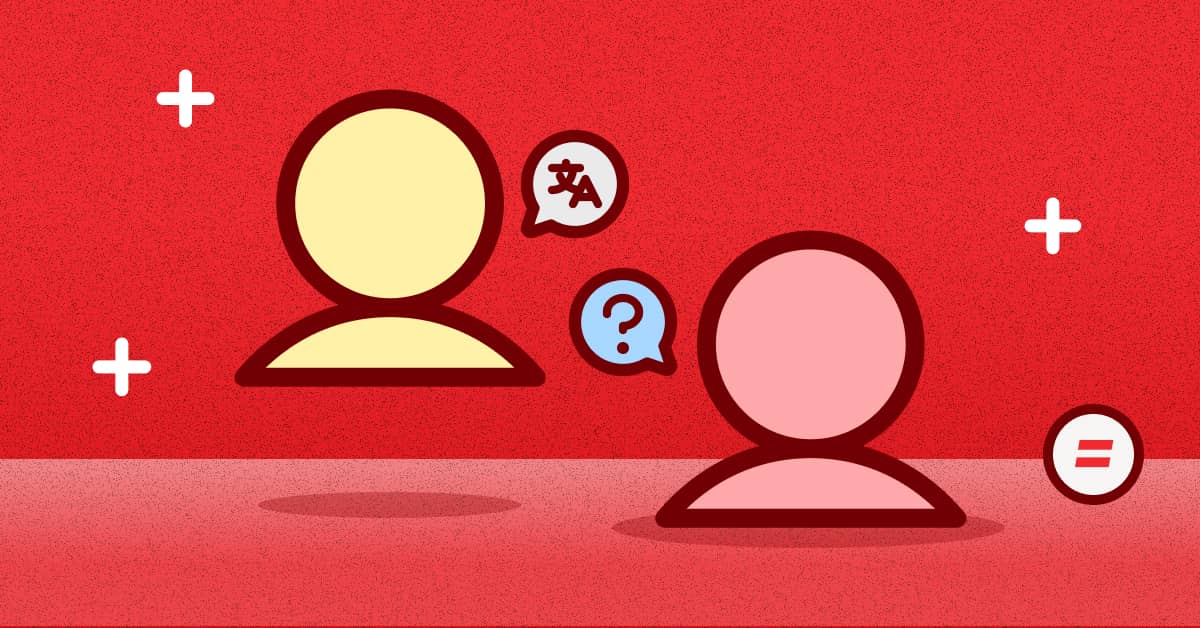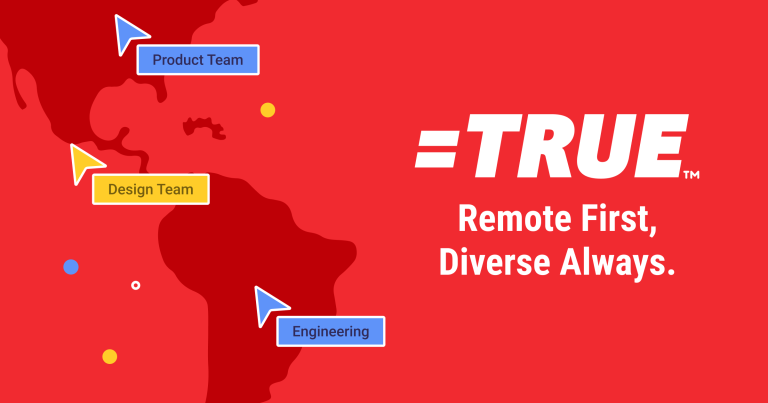Let me first state the obvious: Building a top-performing, diverse team isn’t a box-checking exercise. It’s a deliberate effort and a strategic investment in future innovation and success. While we all understand why top performance is required, the business case for team diversity has become fuzzy for some organizations lately.
The business case of inclusion
Before we proceed, let me assure you that this is not some “woke” thesis; this is smart business done right. Consider it this way: a homogeneous team, no matter how talented, risks overlooking crucial blind spots. However, inject a mosaic of perspectives, experiences, and backgrounds, and boom! You have a powerhouse of problem-solving and innovation potential. Equally important, you have a team that is far less likely to make a tone-deaf mistake that could land you at the top of a TechCrunch newsletter.
One of the questions our team is asked most often by companies working to become more inclusive is: What are the unique challenges the organization will face? Every leader looking to create diverse teams for the first time must overcome the
duty of being authentic. And by authentic I mean authentically inclusive. Failure to own this responsibility will guarantee your inability to attract the best. Because even with billions of dollars to spend on finding and hiring the best (which only FAANG and the like have) you will still miss the mark if your organization is not authentically inclusive.
Investing in an inclusive environment isn’t just the right thing to do, it’s good business. A study by Harvard Business Review (Dec. 2019) shows that a sense of high belonging is linked to a whopping 56% increase in job performance and a 50% drop in turnover risk. And there is one simple reason why being authentically inclusive is what makes or breaks talent success. Trust.
All of us have been exposed to a product or service that claims to be great at doing something. Only to learn to our disappointment that these were empty words. The same holds true for the job market. Too many companies and leaders have hoisted the banner of empowerment, diversity, safety, and equal career opportunities for all. Any doubts? Just ask any female professional you know if she was actually paid fairly or empowered at a company that promised those values. Or ask someone of color if they actually felt they had the same career opportunities as their peers. Inquire with a friend or family member that is “different” in any visible way if they felt safe and fully welcome in any of their jobs.
Our research shows that the overwhelming majority will report disappointment, frustration and many other feelings that are not fun to have at work. Simply put, we’ve been lied to far too often. So just like when you watch a cellular service commercial that claims perfect coverage you think; “Yea sure.” Those of us that have been disappointed by past employers have the same reaction.
Diverse talent will leave if they don’t feel appreciated and welcomed, so foster an environment where everyone feels respected, empowered to contribute, and valued for their unique perspectives. Celebrate differences, encourage open communication, and implement clear policies against discrimination and harassment. Remember, diversity isn’t just about hiring; it’s about creating a space where everyone thrives and feels safe. Doing that will unlock the full potential of your workforce and spur the creative innovation that every company needs to compete.
Defeating bias at your front door
The singer Alesha Dixon said; “I’m happy to be human, and being human means we aren’t perfect.” I would add to that; “Your intentions and self reflection can get you close.” The road to creating an authentically inclusive workplace is not rocket science but, as I said before, it won’t happen by accident. And every organization will have to work harder at one aspect versus another. But over the past 6 years, and through two organizations that I co-founded, we have learned that authentic inclusion is rooted in Communication, confronting Bias, guaranteeing Equality, creating Safety, and Respecting what you don’t understand (Boomers read Gen-Z).
We all harbor unconscious biases. It comes with being human and having preconceptions. Anyone that tells you they are completely unbiased in anything is lying to you and themselves. Even the most well-intentioned person has them. Unfortunately most hiring managers and interviewers are blind to their own candidate preferences. And this bias often masquerades as team/company “culture fit” in even the most enlightened organizations. Left unchecked, unconscious bias can infect a company with the very sameness it may be trying to avoid.
As a leader, you can mitigate this by conducting unconscious bias training and utilizing standardized rubrics for objective evaluation. And you can further address this by establishing diverse interview panels, behavioral interview training, and constantly refining the implemented evaluation rubrics. The most impactful practice I can share is surprisingly straightforward: “Keep the focus solely on the job.”
Simon Sinek’s Golden Circle tells us that our limbic brain has no language (only emotion) and wants to “feel good” about most decisions. But an interview is not about feeling, it’s about knowing and understanding. Lawyers have an expression for this; “It’s not about what you feel, it’s about what you can prove.” In other words, it’s about data and facts. And that is precisely where you should focus your questions and evaluations. At EQUALS TRUE we developed a behavioral interviewing methodology called FIT5 that focuses the interviewer on the five performance markers most relevant to future job success. This methodology helps the interviewer yield past performance information relevant to the role, and also allows the candidate to showcase what makes them exceptional. But most importantly, it keeps the conversation where it belongs, about the experience and skills needed for the position in question.
Coming up with a set of behavioral questions that all candidates will be asked and assessed on will help guide all members of the hiring team. And make certain that the more inexperienced interviewers don’t freelance on topics that could provoke an ick experience for the candidate. Adding to this a plan that assigns clear areas of interview responsibility will also help keep everyone honest and their insights relevant. If I am tasked with assessing the collaboration and wireframing skills of UX/UI candidates, you can be certain that I will be clear about who was best in these areas after 3+ interviews. Without an interview plan the likelihood of interviewers asking the same questions, missing vital information, or being led astray by a “professional interviewer” candidates is a virtual certainty. A behavioral based interview plan makes certain that all candidates get a fair opportunity and all interviewers get the data they need while providing a positive candidate experience. And FYI, this essential process also works for performance evaluations.
Remember that inclusivity is making everyone feel welcome. Do that and real team diversity will follow. DEIB has never been about metrics and special treatment as some would have us believe. It’s simply about basic fairness. Treat others as you want to be treated. Welcome everyone and conduct yourselves in a way that makes each candidate, contractor and employee feel that you accept them as they are and only concern yourself with their professional contributions. Doing this is the first powerful step to being authentically inclusive and attracting the best talent on the planet. Just like the team at EQUALS TRUE.
I’ll discuss more in my next blog. Be sure to follow us for the latest articles in this series. For more information about EQUALS TRUE, FIT5, or to contact us please visit equalstrue.tech
Copyright © 2024 EQUALS TRUE. All Rights Reserved.





